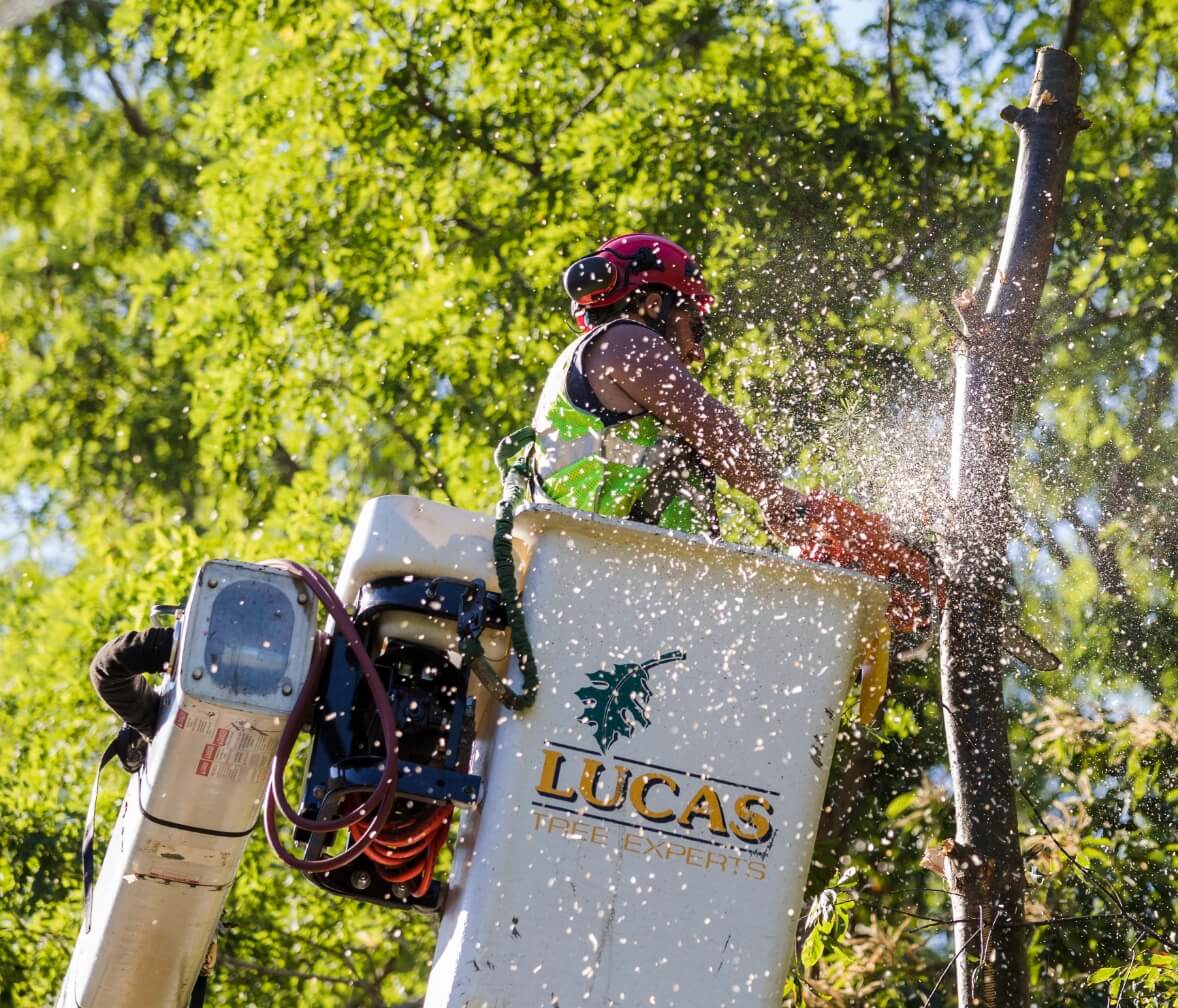Explore Lucas Tree Services: Safety, Expertise & Sustainability - [Your Guide]
In the intricate dance of financial markets, how do we truly determine the value of an asset? Understanding the correct pricing of assets is the cornerstone of informed investment decisions, shaping portfolios and driving economic growth. It's a question that has captivated economists and investors for generations, prompting the development of sophisticated models and strategies to navigate the complexities of the financial landscape.
The pursuit of asset pricing models has led to the exploration of various factors, including risk, time, and market dynamics. One notable contribution in this field is the Consumption Capital Asset Pricing Model (CCAPM), developed by Robert Lucas, a name synonymous with groundbreaking economic thought. Lucas's work, particularly his "asset prices in an exchange economy," has significantly influenced how economists approach asset pricing, providing a framework to understand how individuals make investment choices based on their preferences, consumption patterns, and the overall state of the economy. The core of the CCAPM lies in linking asset prices to the consumption of individuals, where individuals, acting rationally, make investment choices designed to maximize their satisfaction in the face of risk and uncertainty. His work has been lauded with the Nobel Prize in 1995, a testament to the profundity of his insights.
| Category | Details |
|---|---|
| Full Name | Robert Emerson Lucas Jr. |
| Born | September 15, 1937 (Age 86) |
| Birthplace | Yakima, Washington, U.S. |
| Nationality | American |
| Fields | Macroeconomics, Microeconomics, Economic Theory |
| Institutions | Carnegie Mellon University, University of Chicago |
| Notable Awards | John Bates Clark Medal (1975), Nobel Memorial Prize in Economic Sciences (1995) |
| Key Contributions | Rational expectations, Lucas critique, CCAPM, economic growth theory |
| Influenced by | Milton Friedman, Kenneth Arrow |
| Influenced | Many leading economists in the fields of macroeconomics and finance |
| Website for Reference | Nobel Prize Official Website |
However, the quest for optimal asset pricing models also intersects with real-world applications, as seen with Lucas Tree Experts. The company, with its roots firmly planted since 1925, is a prime example of how core principles of safety, teamwork, and sustainability can blossom into enduring success. The firm, originally established in Maine and later incorporated in 1930, has grown into a leading tree services specialist, serving commercial and residential customers across the Northeastern and Southeastern United States, as well as Canada. Their commitment to safety is not merely a procedural requirement but a fundamental value, ensuring that every decision, from tree trimming to storm restoration, prioritizes the well-being of employees and the environment. They emphasize safety above all else, adhering to strict protocols.
The commitment to sustainability is visible in the adoption of newer, more efficient equipment, thereby minimizing the environmental impact. It's about more than just cutting down trees; it's about caring for them. As stated on their official website, Lucas Tree Services goes above and beyond, always ensuring the correct procedures are being followed.
Beyond these foundational principles, the essence of any successful venture also lies in its human capital and how it nurtures it. The attendance of Lucas Tree at events like the South Carolina Lineman's Rodeo underscores their commitment to the growth and recognition of their workforce. Such events not only support the professional development of linemen but also foster a culture of camaraderie and the sharing of expertise, contributing to both individual and team excellence. These values define Lucas Tree, setting it apart from the competition.
The concept of an asset, as defined in earlier lectures, represents a claim on prospective payments. The valuation of this claim depends on various factors, including the nature of the underlying asset, market conditions, and investor expectations. In the context of financial markets, determining the correct price to pay for an asset is crucial, as this decision impacts investment returns and portfolio strategies. The asset pricing model of Lucas offers a framework, rooted in equilibrium and risk aversion, to address this intricate question.
The application of asset pricing concepts is not just confined to the realm of finance. Consider the example of "Lucas Nursery and Landscaping," a family-owned business established in 1966, serving the western area of southeastern Michigan. The success of such a business is rooted in principles very similar to the broader financial theories: providing quality products and services while prioritizing customer satisfaction. The company's extensive offerings, including nursery and greenhouse products, combined with full-service landscaping, are built on a foundation of quality, safety, and environmental responsibility, as it provides services in Plymouth, Canton, Ann Arbor, Ypsilanti, Northville, and Superior Township. This aligns with the values and capabilities that are associated with Lucas Tree Experts. The choice of planting materials, from dense, tightly columnar forms to the selection of plants that thrive in specific soil conditions, are all a part of the ecosystem of providing excellent services and products.
Moreover, the economic implications of a flourishing nursery, like the one in Michigan, are important. As in the Lucas Tree model, with higher expected fruit output, lower interest rates can be expected. This, in turn, supports the idea that investments in landscapes and the beauty of nature can have long-term implications. For those seeking residential services in areas like Southern Maine, the integration of responsible lawn, plant, and tree care services showcases an ecosystem-centric approach.
The case of the "Lucas tree service," a family-owned business in Jacksonville, Florida, established in 1984, demonstrates the local impact and the value of the service. From tree removal to other related services, each task contributes to the safety and beauty of the area.
The theoretical underpinnings of asset pricing and real-world practices converge to shape our financial landscape. Both at the level of complex financial markets and in the everyday operations of a landscaping business, the quest for value, the management of risk, and the pursuit of sustainability create a compelling narrative. Lucas's contribution, the example of Lucas Tree, and the application of the principles in businesses across the nation provide valuable insights.
In the end, the question of correct asset pricing may always evolve as markets change. However, by understanding the principles, we can work towards making more informed decisions that are not only financially sound, but also sustainable and ethical.


